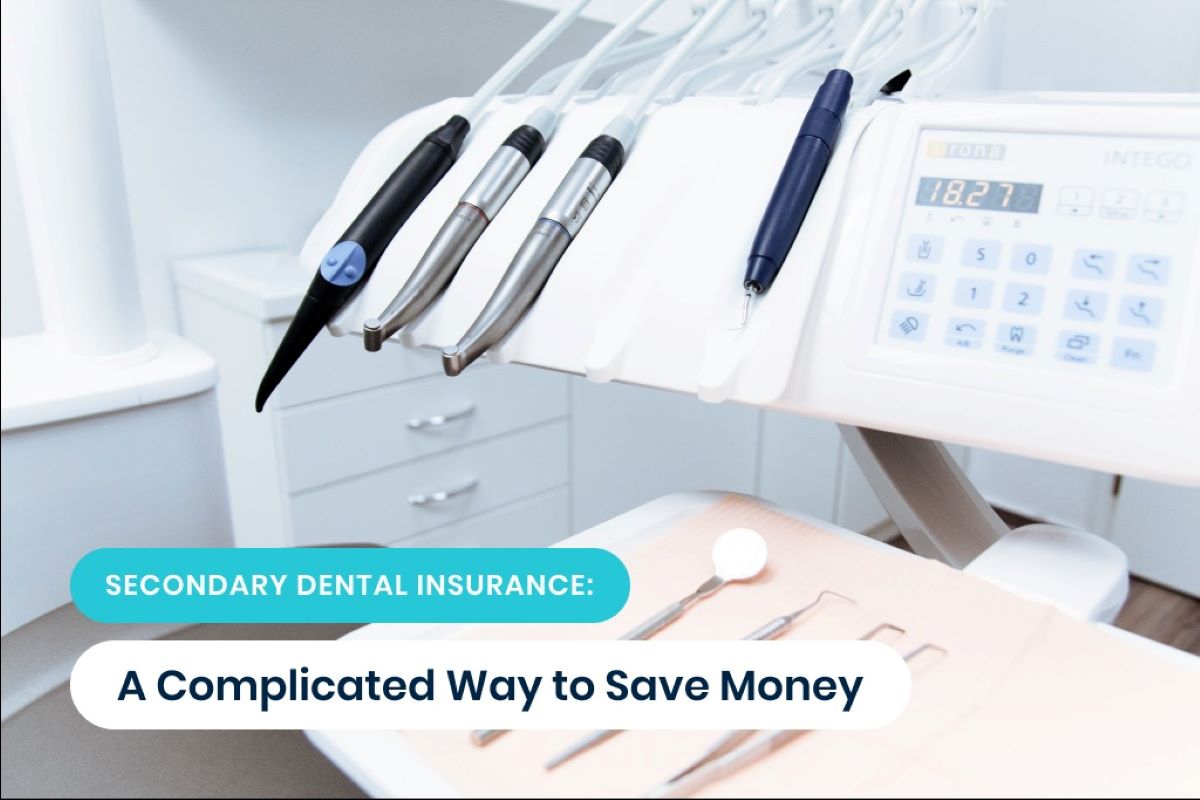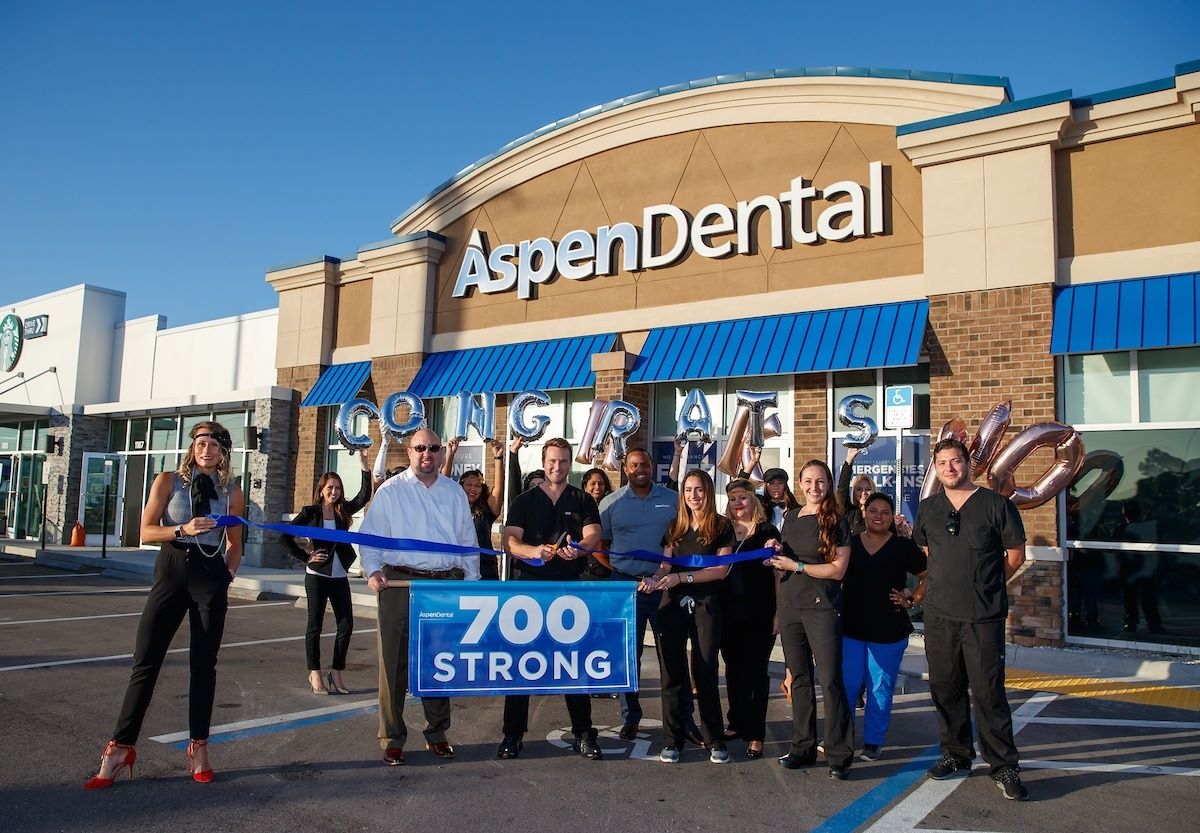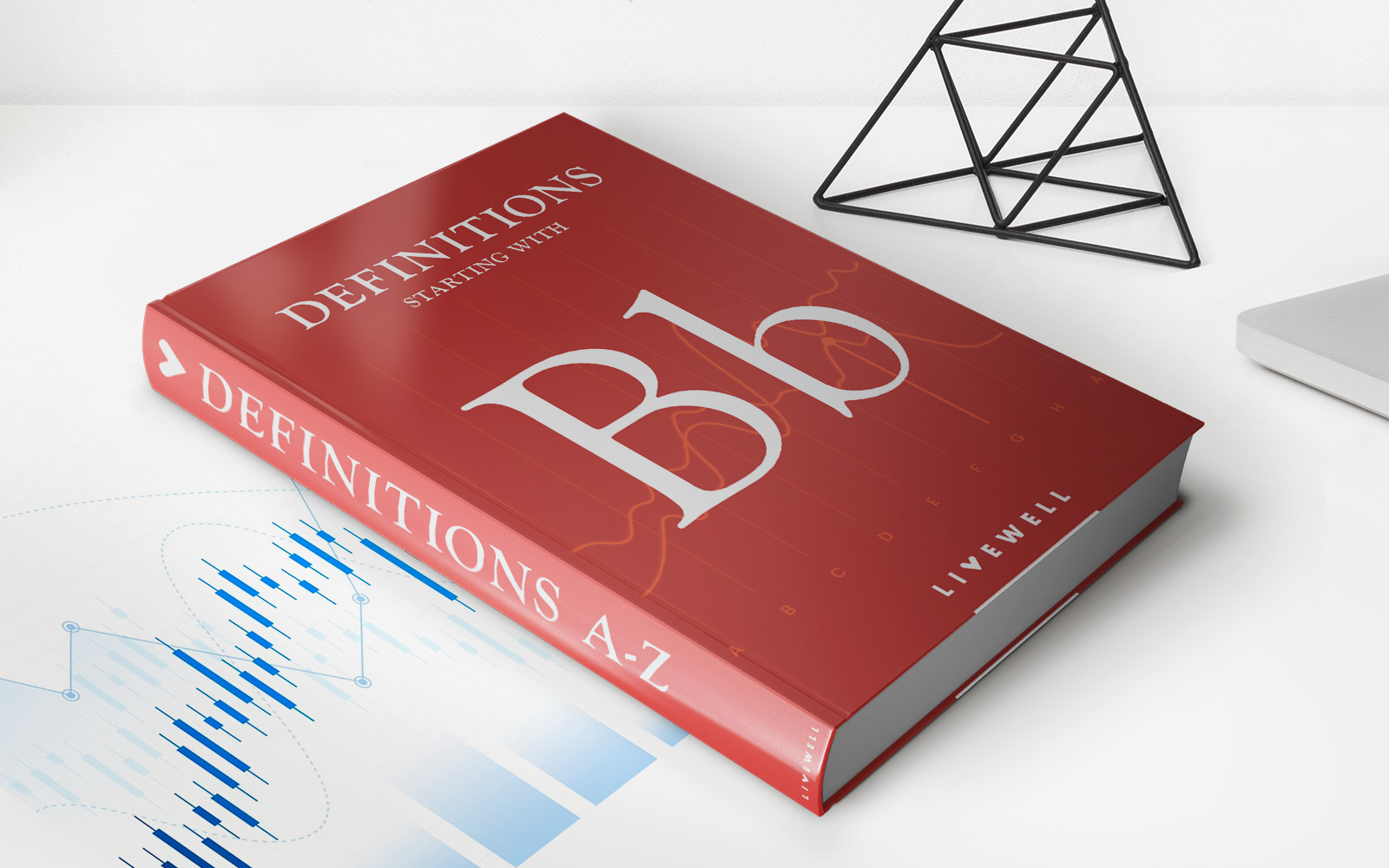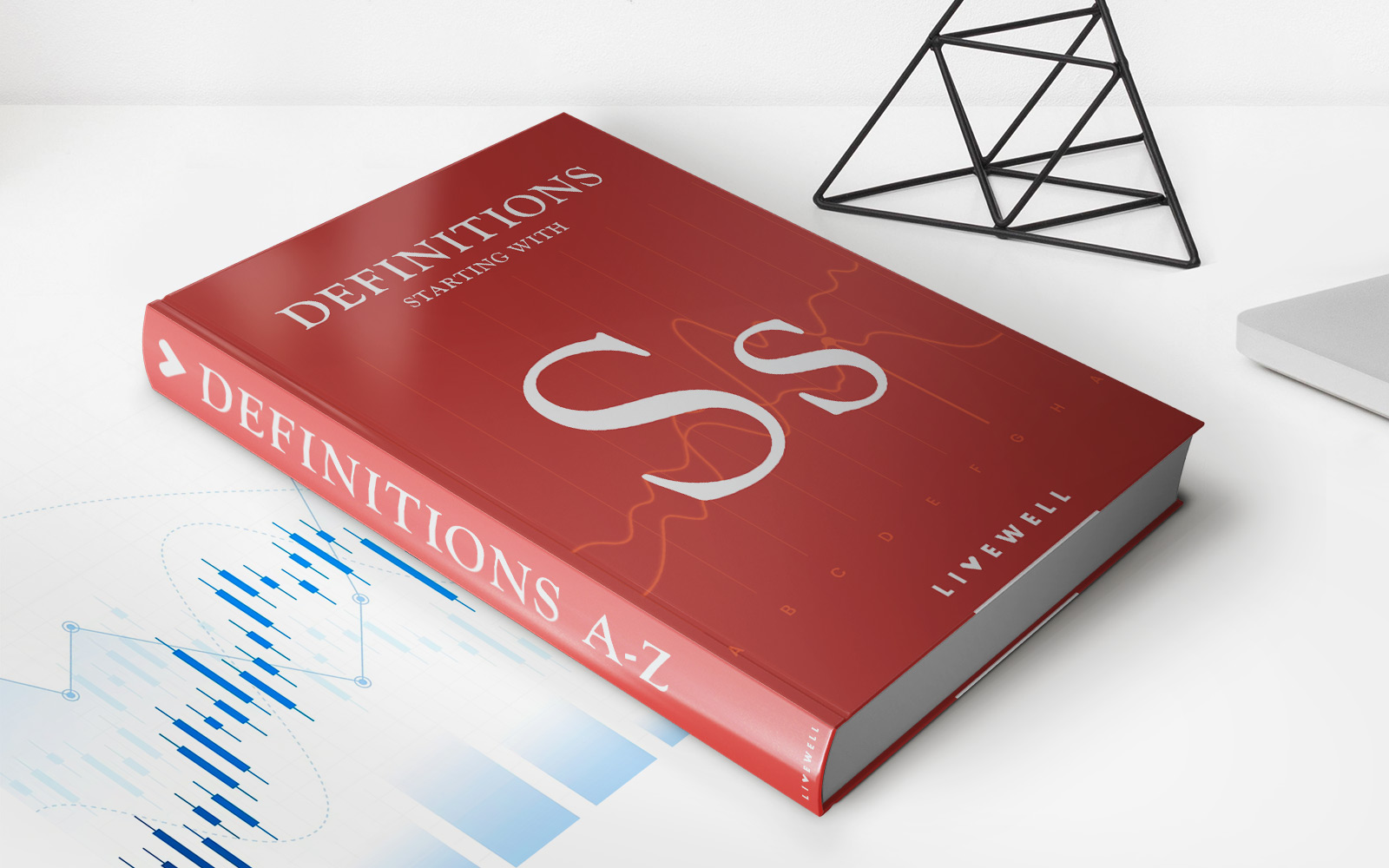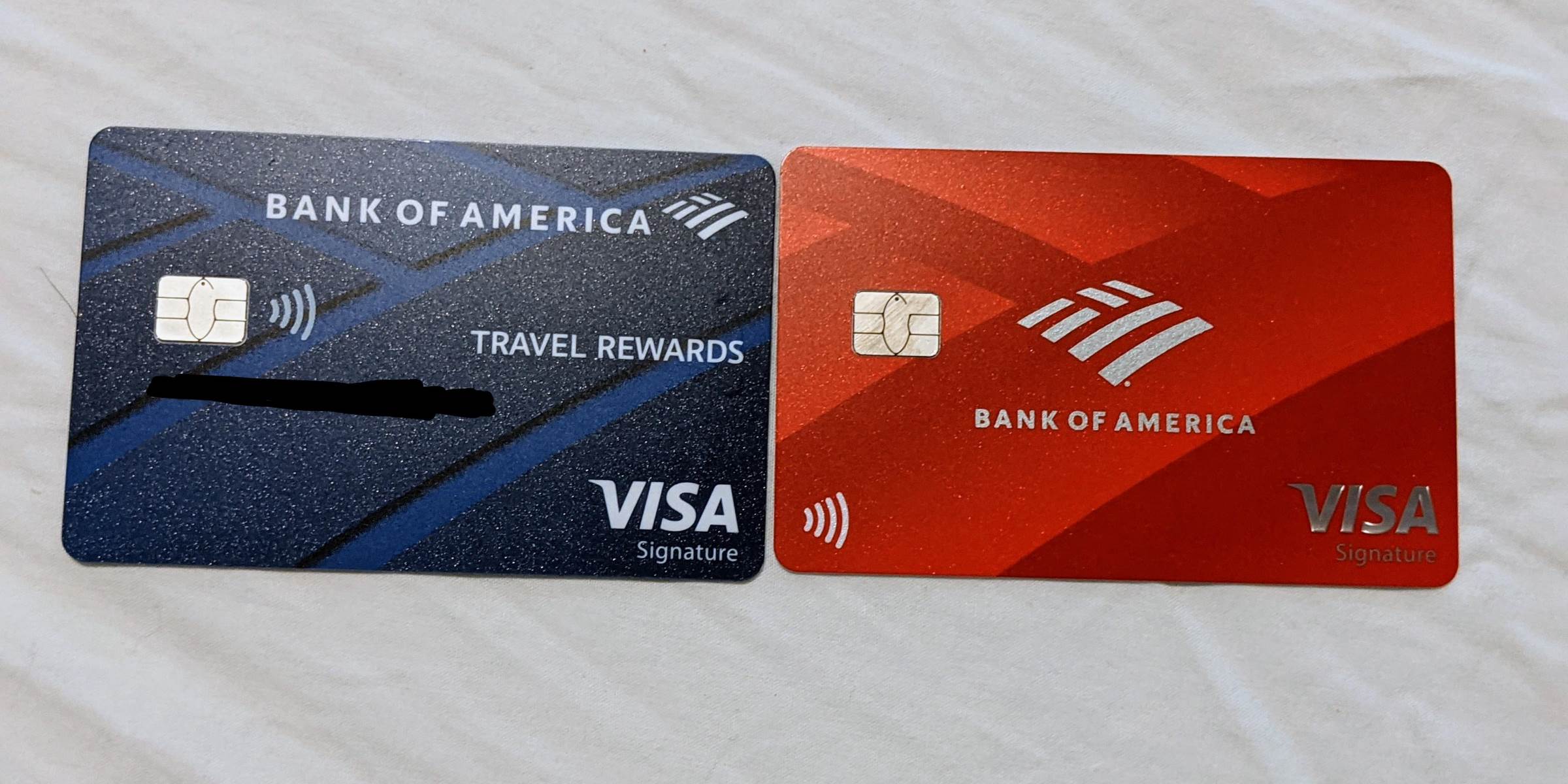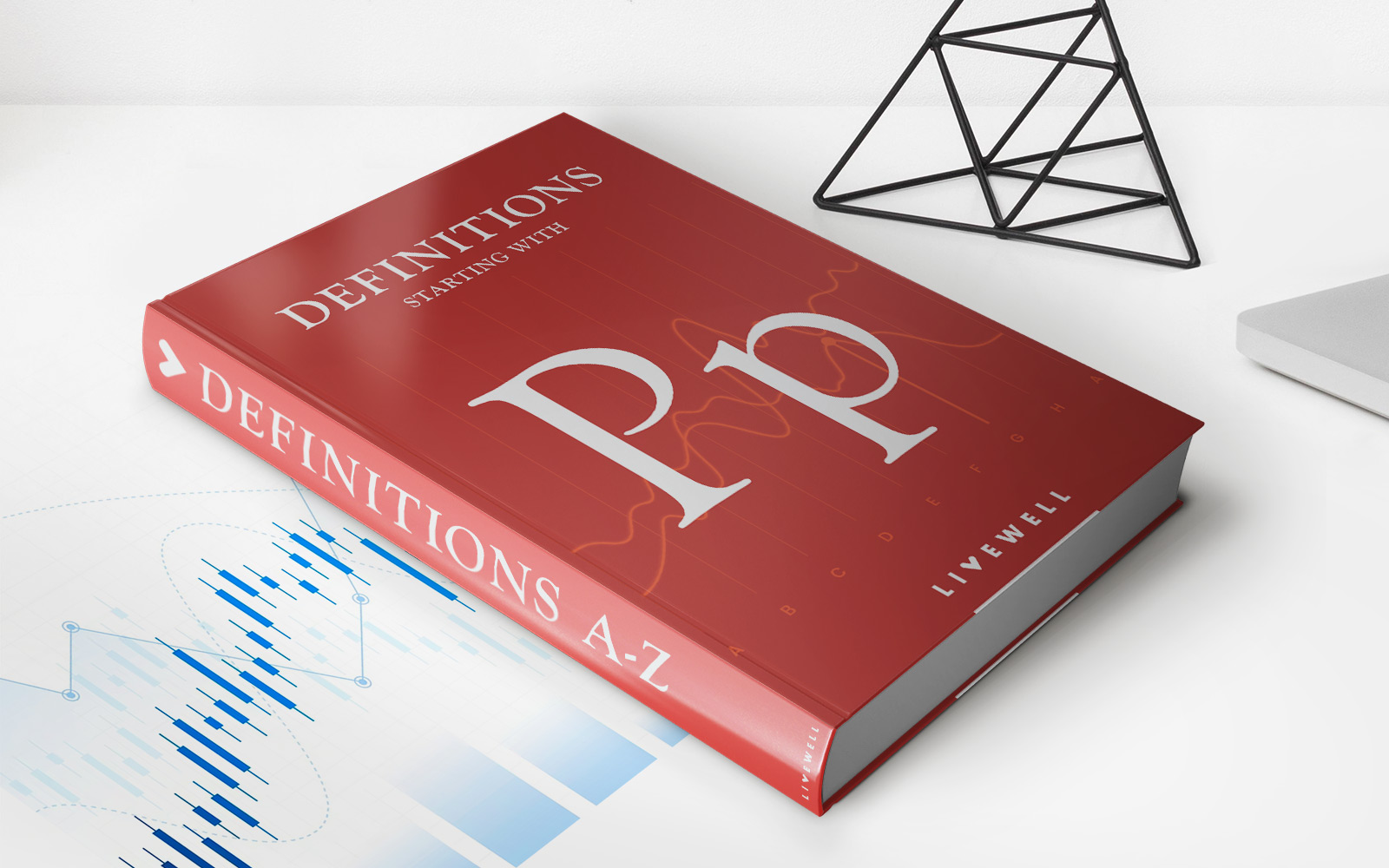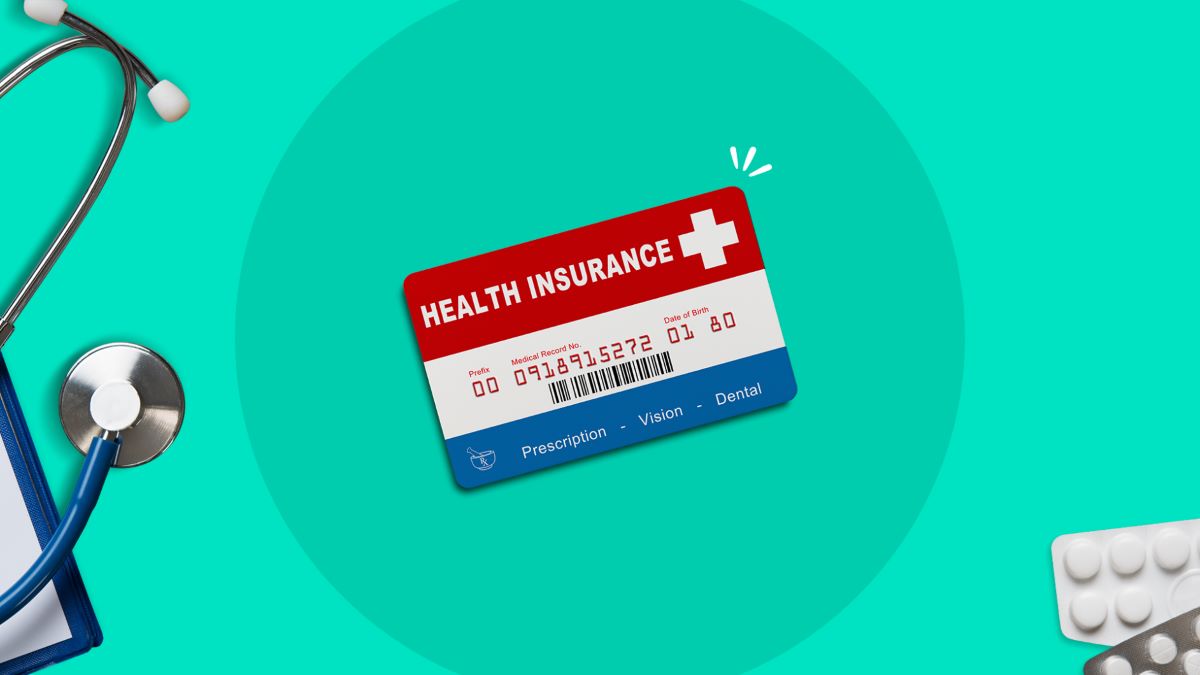

Finance
What Does UCR Mean In Dental Insurance
Modified: December 30, 2023
Learn what UCR means in dental insurance and how it affects your finances. Understand the importance of UCR fees and how they impact your dental coverage.
(Many of the links in this article redirect to a specific reviewed product. Your purchase of these products through affiliate links helps to generate commission for LiveWell, at no extra cost. Learn more)
Table of Contents
Introduction
When it comes to dental insurance, there are a plethora of terms and acronyms that can be confusing for policyholders. One such term is UCR, which stands for Usual, Customary, and Reasonable. Understanding what UCR means in the context of dental insurance is essential for making informed decisions and maximizing your benefits.
UCR refers to the predetermined fees that dental insurance companies consider reasonable and customary for specific dental procedures in a particular geographic area. These fees serve as a guideline for the insurance company to determine the amount they are willing to cover for a particular treatment.
It is important to note that UCR fees can vary between insurance companies and geographical regions. Each insurance company establishes its own UCR fees based on factors such as the average costs of dental services, dentist fees in the area, and other market data.
Now that we have a basic understanding of what UCR means, let’s explore how it impacts dental insurance coverage and what factors can influence UCR fees.
Understanding UCR
Usual, Customary, and Reasonable (UCR) is a term used by dental insurance companies to determine the maximum amount they will cover for specific dental procedures. These UCR fees are based on what the insurance company considers reasonable and customary within a particular geographic area.
The “usual” aspect of UCR refers to the fee that is commonly charged by dentists in a specific area for a particular procedure. This fee takes into account the average cost of the service provided by dentists in that area.
The “customary” component of UCR refers to the fee that is typically charged by dentists who have similar training, experience, and qualifications for a specific procedure. It takes into consideration the fees charged by dentists of a similar caliber.
The “reasonable” element of UCR refers to the fee that is deemed fair and justifiable for a particular dental service. This fee takes into account factors such as the complexity of the procedure, the time and resources required, and the expertise of the dentist performing the treatment.
Insurance companies use UCR fees as a guideline to determine the maximum amount they will cover for a specific procedure. If a dentist’s fee exceeds the UCR fee, the policyholder may be responsible for the difference, also known as the out-of-pocket expense.
It’s important to note that UCR fees are not set in stone and can vary between insurance companies and regions. Insurance providers may periodically review and update their UCR fee schedules to account for changes in dental costs and market trends.
Now that we have a clear understanding of UCR, let’s explore how it relates to dental insurance coverage and what factors can affect UCR fees.
UCR and Dental Insurance
UCR plays a crucial role in dental insurance coverage. It serves as a benchmark for insurance companies to determine the maximum amount they will cover for specific dental procedures. Ideally, the UCR fee should align with the fees charged by dentists in a particular area.
When you have dental insurance, your policy will typically cover a percentage of the UCR fee for various treatments, such as preventive care, fillings, root canals, or crowns. For example, if your dental insurance plan covers 80% of the UCR fee for a filling, and the UCR fee is set at $100, the insurance company will typically cover $80, while you are responsible for the remaining $20.
It’s important to note that insurance companies may have different coverage percentages for different procedures. Some plans may cover a higher percentage for preventive care, while others may offer more coverage for major treatments like crowns or implants. Additionally, there is usually an annual maximum limit on the amount the insurance company will pay for dental treatments, regardless of the UCR fee.
It’s important to review your dental insurance policy carefully to understand the coverage percentages, annual maximum, and any limitations or exclusions related to UCR fees. Being aware of these details will help you anticipate your out-of-pocket expenses and make informed decisions about your dental care.
In some cases, insurance companies may use a lower UCR fee than what dentists typically charge in a particular area. This practice, known as downcoding, can result in policyholders being responsible for a larger portion of the treatment cost. Before undergoing any dental procedure, it’s important to confirm the UCR fee and the coverage percentage with your insurance provider to avoid any surprises.
Next, we will delve into the factors that can influence UCR fees in dental insurance and the impact they can have on your coverage.
How UCR Impacts Coverage
Understanding how UCR impacts coverage is essential for effectively managing your dental insurance benefits. The UCR fee serves as the basis on which the insurance company determines the maximum amount they will cover for a particular dental procedure. Here are a few key ways in which UCR can impact your coverage:
1. Coverage Percentage: Dental insurance plans typically cover a percentage of the UCR fee for various treatments. The higher the coverage percentage, the more the insurance company will pay towards the procedure. For example, if your plan covers 50% of the UCR fee for a specific treatment, and the UCR fee is $200, the insurance company will cover $100 while you will be responsible for the remaining $100.
2. Out-of-Pocket Expenses: If the cost of a dental procedure exceeds the UCR fee, you may be required to pay the difference out of pocket. This means that even if your insurance plan covers a portion of the UCR fee, you could still have additional expenses to bear. Therefore, it is important to have a clear understanding of the UCR fee and your coverage limits to anticipate any potential out-of-pocket costs.
3. Negotiated Rates: In some cases, dental insurance companies negotiate lower rates with dentists, which can result in a lower UCR fee. These negotiated rates may benefit policyholders, as the lower UCR fee can lead to reduced out-of-pocket expenses. It’s important to check if your insurance plan has negotiated rates in place and how they factor into your coverage.
4. In-Network vs. Out-of-Network: Dental insurance plans often have a network of preferred providers. If you visit an in-network dentist, the UCR fee is typically pre-negotiated between the dentist and the insurance company. This can result in lower out-of-pocket expenses for policyholders, as the dental provider has agreed to the UCR fee set by the insurance company. However, if you choose to visit an out-of-network dentist, the UCR fee may not be pre-negotiated, and you may be responsible for a larger portion of the treatment cost.
It’s important to review your dental insurance policy, understand the UCR fee structure, and consider factors like coverage percentage, negotiated rates, and in-network providers when assessing the potential impact on your coverage. By having a clear grasp of how UCR affects your coverage, you can make informed decisions about your dental care and manage your expenses effectively.
Factors Affecting UCR in Dental Insurance
Several factors can influence the UCR fees set by dental insurance companies. Understanding these factors is important as they can impact the coverage and out-of-pocket expenses for dental procedures. Here are some key factors that affect UCR in dental insurance:
1. Geographic Location: UCR fees can vary based on the geographic location of the dental practice. Dental practices in areas with higher living costs or higher average dental fees may have higher UCR fees. Insurance companies use local market data to determine UCR fees specific to each geographic area.
2. Dentist’s Fees: The fees charged by dentists for specific procedures can vary. Insurance companies take into account the average fees charged by dentists in a particular area to establish UCR fees. Dentists with higher fees may influence the UCR fees, leading to increased out-of-pocket expenses for policyholders.
3. Dental Procedure Complexity: The complexity of a dental procedure can affect the UCR fee. More complex procedures that require specialized skills, advanced equipment, or additional time may have higher UCR fees. These fees may result in higher out-of-pocket expenses for policyholders, especially if the coverage percentage is lower.
4. Insurance Company’s Fee Schedule: Each dental insurance company has its own fee schedule that determines the UCR fees. This fee schedule is based on internal data, industry standards, and market trends. Different insurance companies may use different methodologies to establish UCR fees, leading to variations in coverage and out-of-pocket costs.
5. Negotiated Fees: Insurance companies often negotiate discounted fees with dentists who are part of their network. These negotiated fees may be lower than the standard UCR fees, resulting in reduced out-of-pocket expenses for policyholders who visit in-network dentists. However, if you choose an out-of-network dentist, the UCR fees may not be subject to negotiation, potentially leading to higher out-of-pocket costs.
6. Dental Plan Coverage: The type of dental insurance plan you have can impact the UCR fees and coverage. Some plans may have higher coverage percentages for certain procedures, while others may have lower coverage rates. It’s essential to review your dental plan’s details to understand how the UCR fees will affect your coverage and expenses.
By considering these factors, you can gain a better understanding of how UCR fees are determined and how they can impact your dental insurance coverage. Being aware of these factors can help you make informed decisions when choosing a dental insurance plan and managing your dental expenses.
Tips for Maximizing UCR Benefits
Maximizing the benefits of UCR fees in dental insurance can help you make the most of your coverage and minimize out-of-pocket expenses. Here are some tips to help you maximize your UCR benefits:
1. Choose an In-Network Dentist: Selecting a dentist who is part of your insurance network can help you take advantage of negotiated UCR fees. In-network dentists have agreed to accept the UCR fees set by the insurance company, resulting in lower out-of-pocket expenses for you.
2. Understand Your Coverage: Familiarize yourself with the details of your dental insurance plan, including the coverage percentages and any limitations or exclusions related to UCR fees. Knowing your coverage can help you plan and budget accordingly for dental treatments.
3. Opt for Preventive Care: Many dental insurance plans offer higher coverage percentages for preventive services such as cleanings, exams, and X-rays. Taking advantage of these covered services can help you maintain good oral health while minimizing your out-of-pocket expenses.
4. Compare UCR Fees: If you have the option to choose between multiple dental insurance plans, compare the UCR fees of each plan to ensure they align with the average fees charged by dentists in your area. Choosing a plan with higher UCR fees can increase the coverage for your dental treatments.
5. Take Advantage of Annual Maximums: Dental insurance plans often have annual maximum limits, which are the maximum amounts the insurance company will pay for dental treatments within a year. Try to schedule necessary treatments to make the most of your annual maximum and ensure you receive the full benefit of your dental insurance.
6. Seek Pre-Authorization: If you require a costly dental procedure, consider seeking pre-authorization from your insurance company. This process involves submitting the treatment plan and estimated costs in advance, allowing you to understand the coverage amount and plan for any out-of-pocket expenses.
7. Combine Dental and Medical Plans: If you have separate dental and medical insurance plans, find out if there are any benefits to combining the coverage. Some medical plans offer supplementary dental coverage, which can help offset expenses not covered by your primary dental insurance.
8. Maintain Regular Check-ups: Regular dental check-ups can help identify and address dental issues before they become more complicated and expensive to treat. By maintaining good oral hygiene and addressing dental concerns promptly, you can minimize the need for extensive and costly dental procedures.
Remember to stay informed about changes in your dental insurance coverage and UCR fees. Additionally, consult with your dentist or insurance provider if you have any questions about UCR fees or maximizing your benefits. By following these tips, you can make the most of your dental insurance and optimize your UCR benefits.
Conclusion
Understanding UCR (Usual, Customary, and Reasonable) in dental insurance is essential for navigating the complexities of coverage and managing your dental expenses effectively. UCR fees serve as a benchmark for insurance companies to determine the maximum amount they will cover for specific dental procedures.
Throughout this article, we have explored the significance of UCR in dental insurance and its impact on coverage. We discussed how UCR fees are determined based on factors like geographic location, dentist fees, procedure complexity, and insurance company fee schedules. We also provided tips for maximizing UCR benefits, such as choosing in-network dentists, understanding your coverage, and taking advantage of preventive care.
By being aware of UCR fees and how they affect your dental insurance, you can make informed decisions about your dental care. It is important to review your dental insurance policy, understand the coverage percentages and limitations related to UCR fees, and consider factors like negotiated rates and in-network providers.
Remember to stay proactive in maintaining good oral hygiene, scheduling regular check-ups, and addressing dental issues promptly to minimize the need for extensive treatments. By utilizing your dental insurance benefits and making the most of UCR fees, you can maintain a healthy smile while managing your dental expenses.
In conclusion, understanding UCR in dental insurance empowers policyholders to make informed decisions, utilize their benefits effectively, and optimize their coverage for dental treatments. Stay informed, explore your dental insurance options, and work with your dental provider and insurance company to maximize the benefits of UCR fees in your dental insurance plan.

